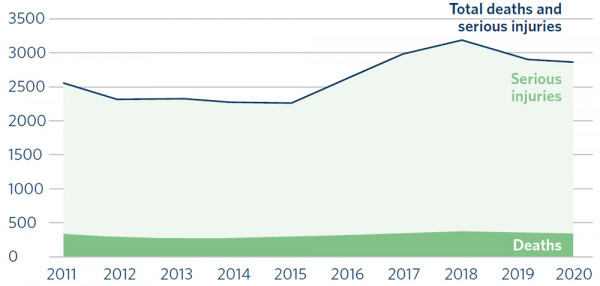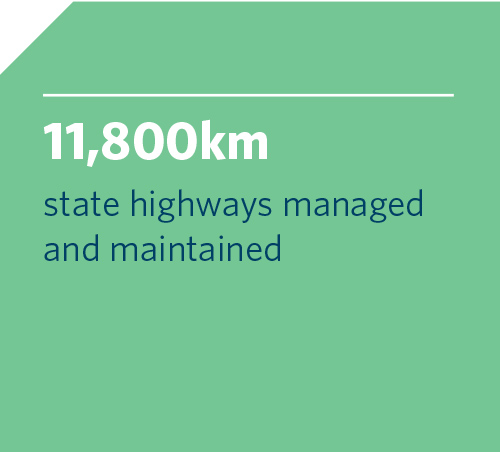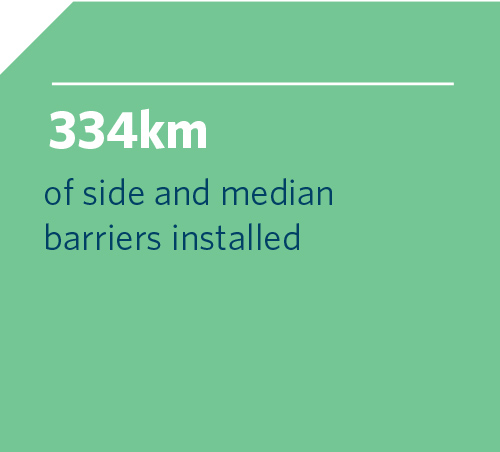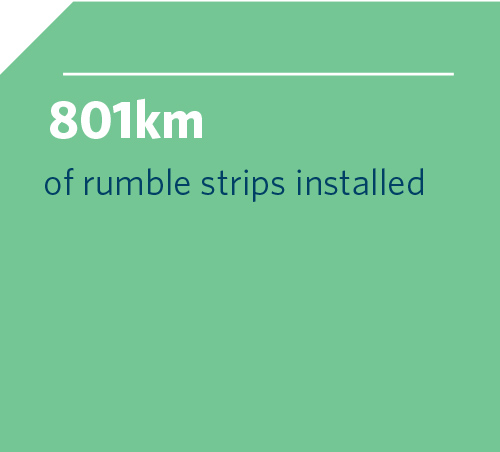Improved transport safety requires public intolerance of serious road trauma and a demand for change. It also requires that we target investment and effort to interventions with the highest impact on saving lives and reducing harm.
In 2019/20 we were committed to a range of activities including operationalising the Road to Zero implementation plan and progressing delivery of the Safe Networks Programme.
In the year to 31 March 2020, compared with the previous year, the number of deaths and serious injuries fell to 2,797 (346 deaths and 2,451 serious injuries) from 2,904 (365 deaths and 2,539 serious injuries). We still have more work to do to ensure the safety of those using the New Zealand transport system.

We worked closely with the Ministry of Transport and NZ Police to launch the government’s Road to Zero national road safety strategy, which outlines the government’s plan to reduce deaths and serious injuries on New Zealand roads, cycleways and footpaths by 40 percent over the next ten years. The strategy will guide our work programme for the next 10 years and identifies where the transport sector needs to put its road safety efforts.
We also continued to implement the Safe Network Programme, a $1.4 billion investment which is improving roads across New Zealand through the installation of median and side barriers, rumble strips, and setting safer speeds limits.



Over 2019/20, our initiatives to improve transport safety included the launch of the Safe Vehicles Programme, a campaign focusing on reducing the number of 1-star and 2-star safety rated light vehicles from the fleet. Our approach has been to increase public understanding of the role a vehicle can play in the outcome of a crash through ongoing advertising and media engagement, to raise consumer awareness of vehicle safety ratings.